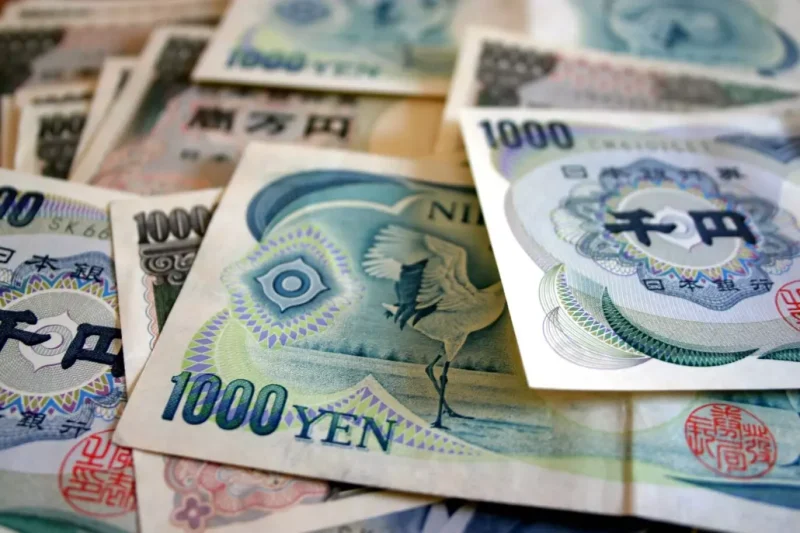In the realm of Asian financial markets, investors and traders are closely monitoring the movements of key indices such as the Nikkei 225 and Hang Seng Index (HSI) for indications of market trends and potential opportunities.
The recent resurgence of the Nikkei 225 index, which has reclaimed the crucial 40,000 level, has garnered attention among market participants. The index’s ability to climb back above this psychological milestone suggests underlying strength and resilience in the Japanese market, potentially signaling further upside potential. For traders and investors tracking the Nikkei 225, the trendline support is a key technical indicator to watch closely. If the index manages to hold above this support level, it could pave the way for continued bullish momentum.
Meanwhile, market watchers are also keeping a close eye on the HSI, one of Hong Kong’s most prominent stock market benchmarks. The HSI has been subject to various influences in recent times, including geopolitical tensions and regulatory changes, which have led to increased volatility and uncertainty. As a result, traders are advised to remain cautious and closely monitor developments in the HSI, particularly in relation to key support and resistance levels.
In the current market environment, where global macroeconomic factors and regional dynamics can have a significant impact on stock market performance, staying informed and adaptable is crucial for success. Traders and investors who are able to analyze market trends, leverage technical indicators, and react promptly to changing conditions are better positioned to navigate market fluctuations and capitalize on emerging opportunities.
As the Nikkei 225 and HSI continue to attract attention from market participants, it is essential to conduct thorough research, exercise sound risk management practices, and maintain a disciplined approach to trading and investing. By staying proactive and informed, market participants can enhance their decision-making processes and work towards achieving their financial goals in the Asian markets.




























